A Green councillor is “frustrated and disillusioned” with the pace of Highland Council’s push to reduce its dependence on a weed killer chemical linked to cancer concerns.
Roads and pavements continue to be sprayed with herbicides containing glyphosate almost four years on from the council’s decision to restrict its use.
In 2019, it agreed to stop using it on sports pitches, playgrounds, and schools, and start searching for an alternative it can afford – but the hunt goes on.
Inverness West councillor Ryan MacKintosh is concerned for the environment and the health of council workers.
He said: “There have been numerous cases where workers applying it have successfully sued their employers, or the manufacturer after they received a cancer diagnosis.
“It is in the council’s interest, in terms of safeguarding its staff and avoiding damage claims, that we find alternative weed control method now.”
Why can’t the council just stop using glyphosate weed killers?
Although Highland Council has agreed to reduce its usage, the problem is finding a cost-effective substitute for where herbicides are required.
The local authority says it has looked at other methods like acid, foam, hot water, and steam, but they are more expensive.
Per year, foam steam costs £1.2 million more than glyphosate, acid is £400,000 more, and horticultural vinegar an additional £700,000.
A spokesman for the council said trials are ongoing.
He added: “No conclusions have been reached in terms of suitable, affordable alternatives within current budgets, that would enable the service to no longer use glyphosate”.
Is glyphosate actually dangerous?
There are a lot of differing opinions about the dangers that weed killers which use glyphosate can potentially pose to human health and its potential links to cancer.
In March 2015, the International Agency for Research on Cancer said glyphosate is “probably carcinogenic to humans”.
But there is far from an agreed scientific consensus that it poses significant cancer risks.
The European Chemicals Agency in 2017 said the substance can pose serious threats to human eye health, and to aquatic life, but did not find evidence that it was linked to causing cancer.
It has been at the centre of major lawsuits.
A gamekeeper who developed cancer after using Round Up weed killer over a long period of time, which contained glyphosate, took the manufacturer to court.
The company was ordered to pay him millions of dollars in compensation in the US in 2018 in a landmark ruling.
And there are also implications for biodiversity.
The journal Science found wild bumblebees struggle to keep their colonies at the correct temperature due to its damage.
How much is still being sprayed?
Usage by Highland Council has halved since 2019, but nearly 1500 litres were bought in for spraying this year, at a cost of £14,000.
The amenities team, responsible for burial grounds, play facilities, sports pitches, and open spaces, reduced annual usage to 1,285 litres this year, down from 2,670 litres in 2019.
The property and facilities management service for the council also reduced its annual usage from 435 litres in 2019 to just 90 litres this year.
‘Just get on with it and get rid of glyphosate’
Highland Council leader Raymond Bremner, said completely banning its use would require a change in council policy through formal governance channels.
He said: “Officers are following the agreed council policy on the use of glyphosate, this was not a decision made by the current administration, it was made by the full council in 2019.”
Opposition councillor Trish Robertson, head of audit and scrutiny, said: “The council department has been investigating alternatives and most have been deemed too expensive.
“But this process is taking a long time and we should have made a decision on this long ago.”
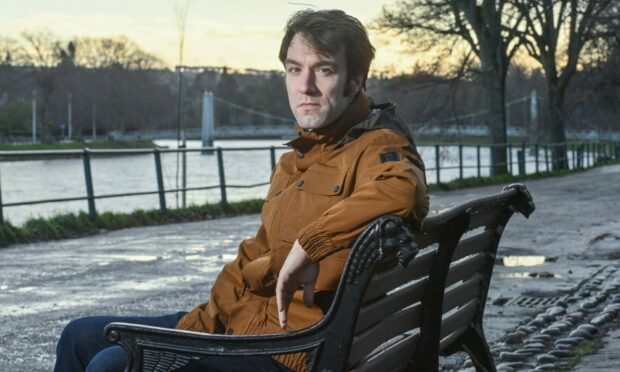
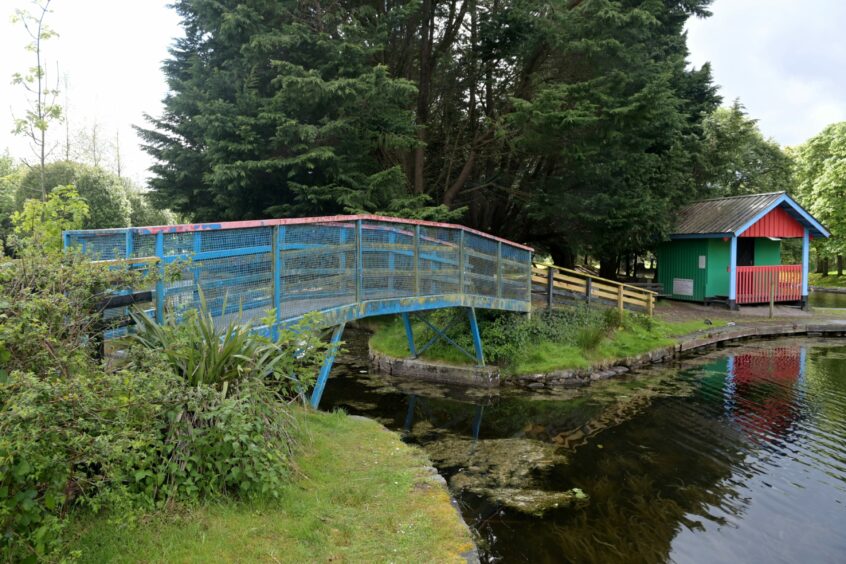
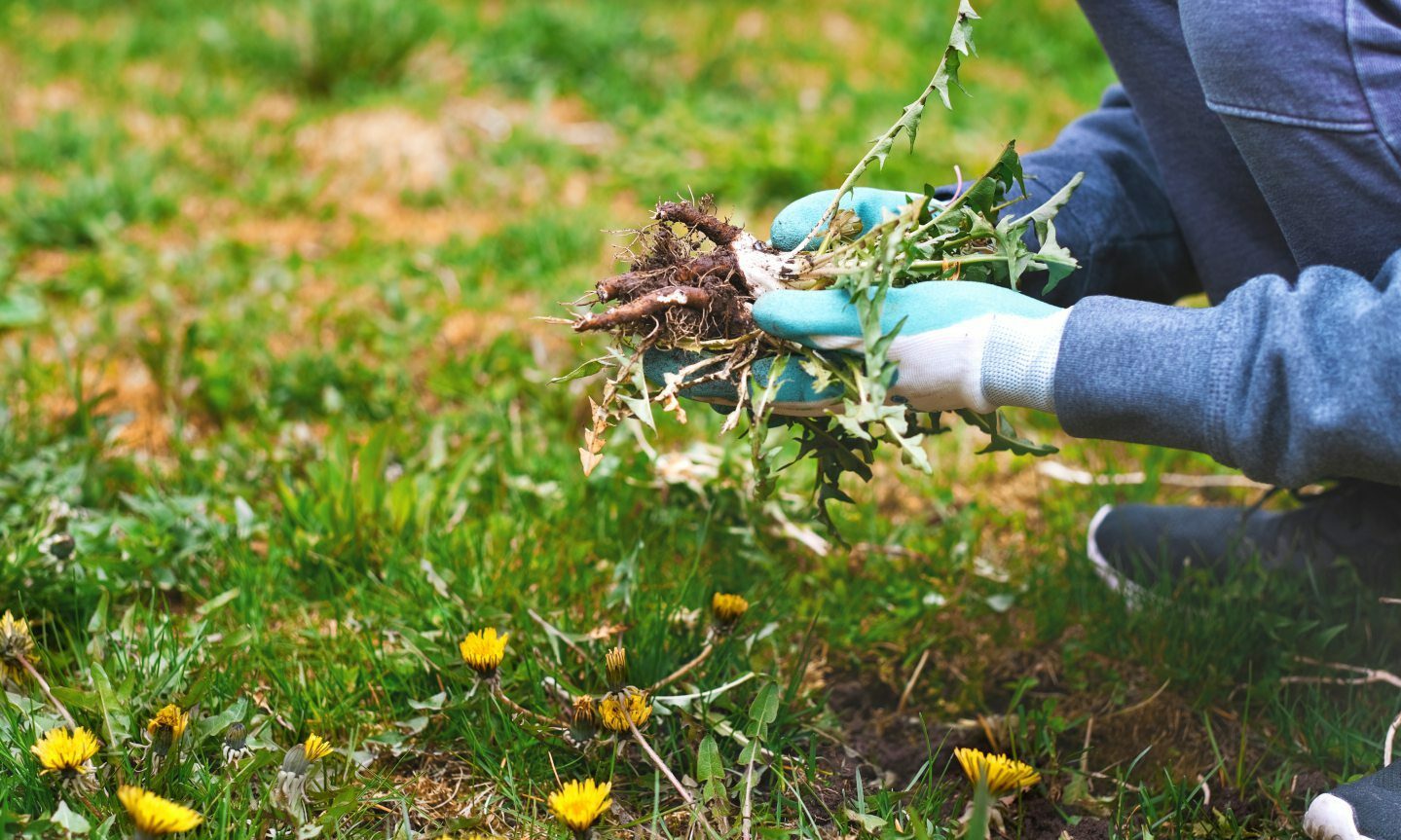
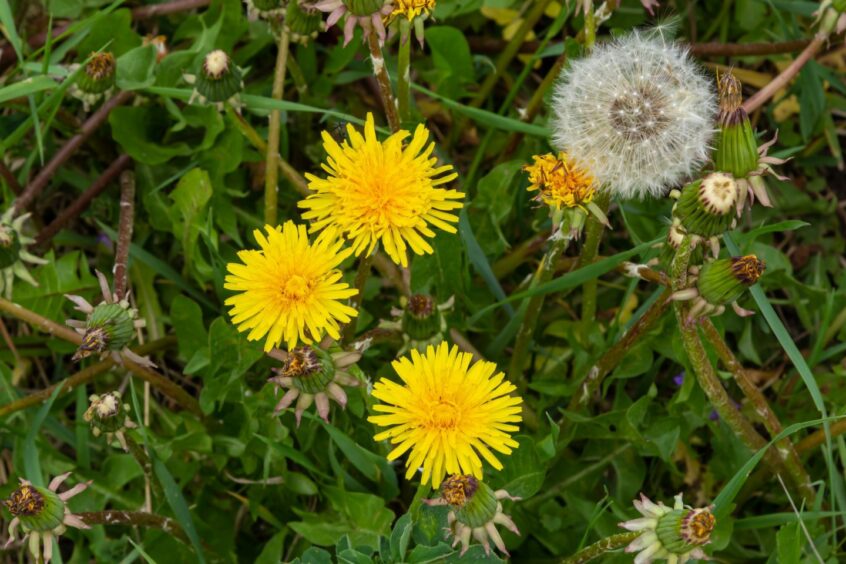
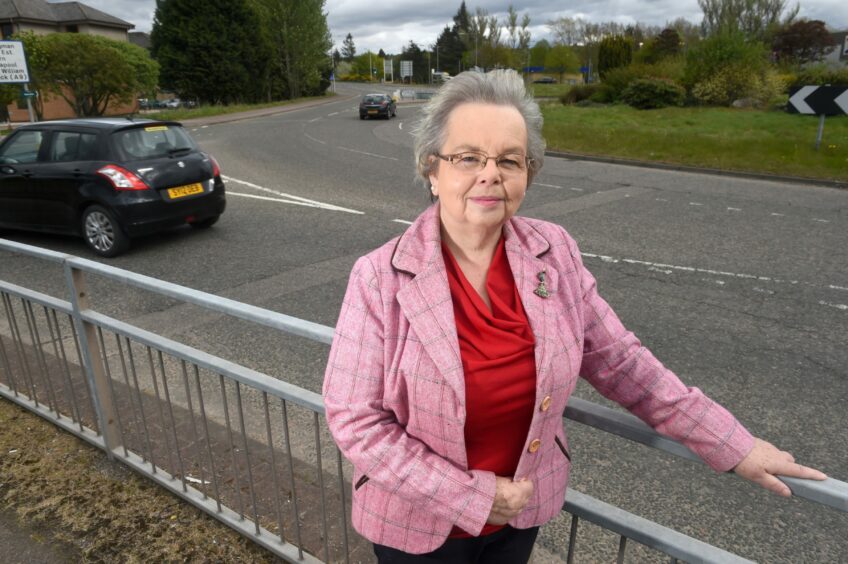
Conversation